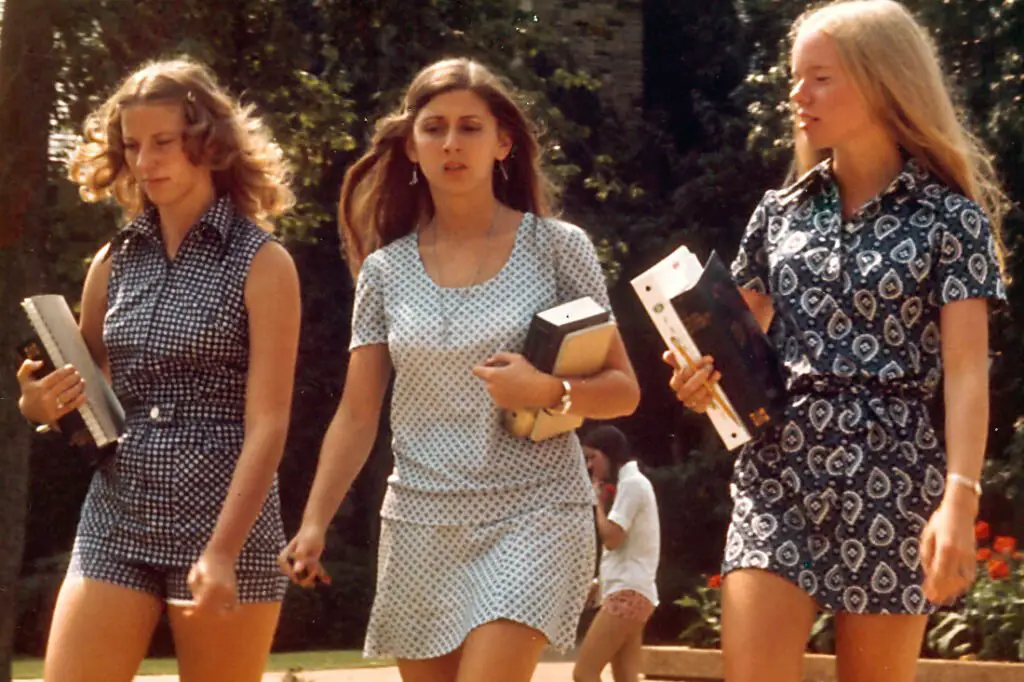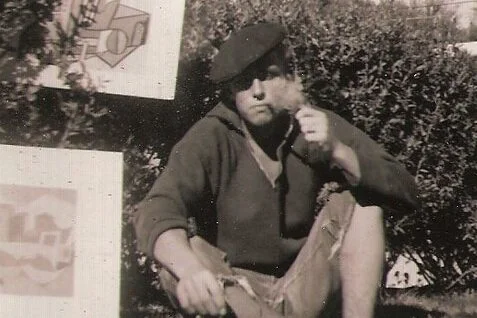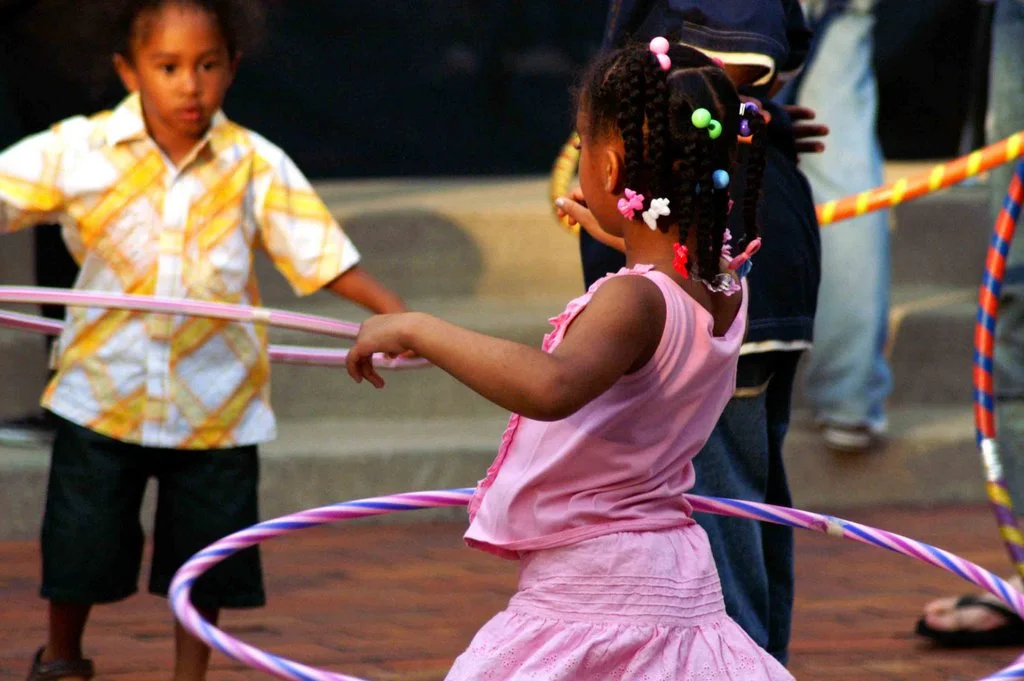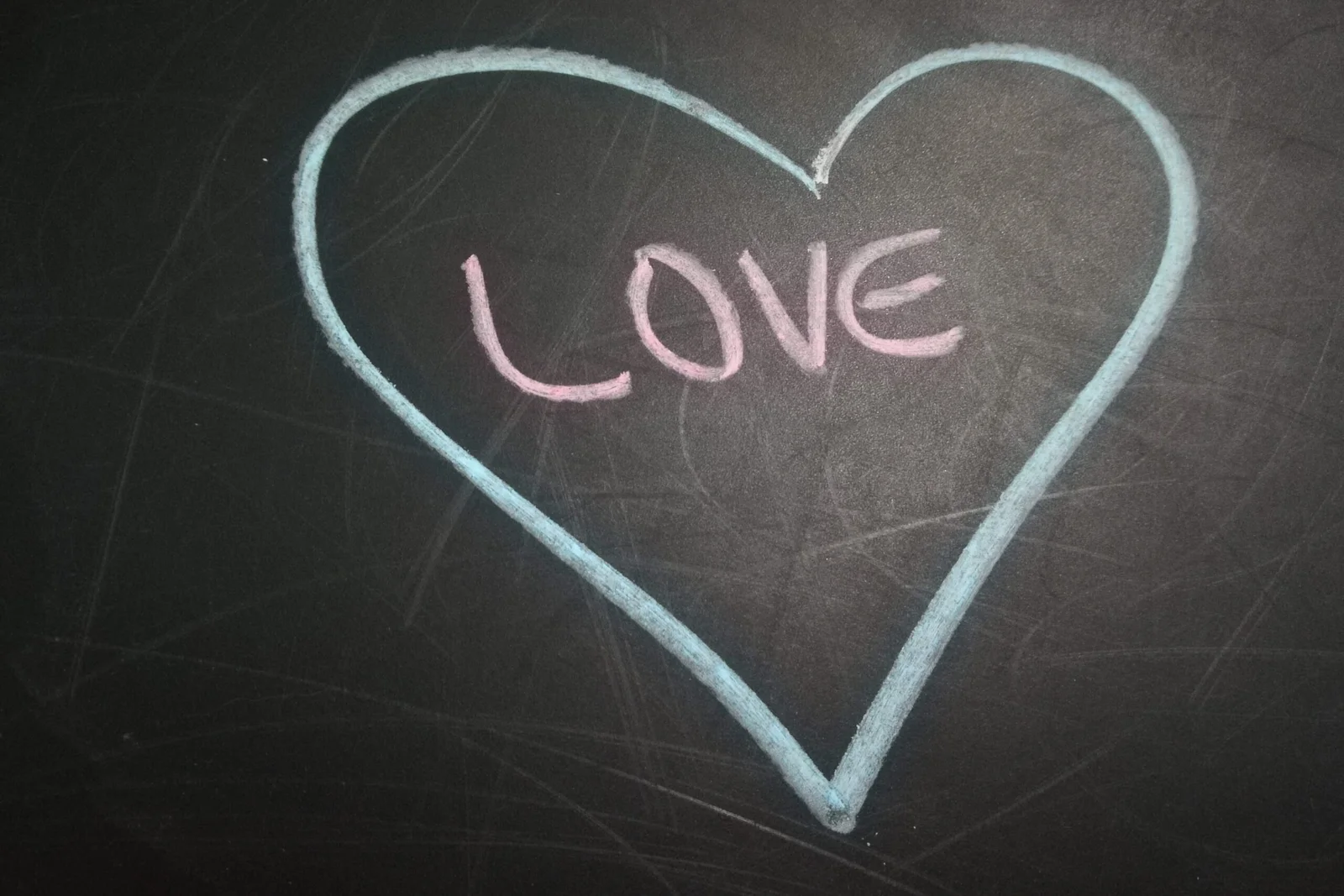1. The Mini-Skirt

In the 1960s, the mini-skirt became a symbol of youth rebellion and freedom. This daring fashion trend, introduced by designer Mary Quant, revolutionized the way women dressed and felt about their bodies. At the time, the skirt was considered both bold and empowering, allowing women to embrace a sense of liberation that they hadn’t felt before. It quickly became a staple in wardrobes around the world, worn by everyone from housewives to models.
However, today, the mini-skirt’s shock value is nowhere near as potent. While still fashionable, its edgy, rebellious nature has long since worn off. In many places, a skirt that short might raise eyebrows or be seen as inappropriate for certain settings. The mini-skirt of the ’60s, associated with radical change, is now more of a classic than a revolutionary statement.
2. Beatnik Culture

The Beatniks of the late ’50s and early ’60s were a countercultural movement that celebrated nonconformity, free expression, and rebellion against the establishment. With their black turtlenecks, berets, and constant smoke-filled coffeehouse hangouts, Beatniks were the anti-establishment figures who sparked creativity in the arts. They were often seen writing poetry, listening to jazz, or discussing philosophy and literature.
While the Beatnik movement laid the groundwork for the hippie counterculture that followed, it wouldn’t hold the same impact today. The attitude that defined the Beatniks has been absorbed into modern society, where nonconformity is no longer as rare or radical. What was once a symbol of defiance is now just a quirky fashion choice for certain types of creative people.
3. The Hula Hoop Craze

In the 1960s, the hula hoop was more than just a toy; it was a national obsession. Millions of kids, teenagers, and even adults spent hours spinning plastic hoops around their waists in hopes of mastering the skill. Companies sold hula hoops like hotcakes, and the trend became so huge that it was integrated into television shows, movies, and even exercise routines.
Fast forward to today, and the hula hoop is a relic of the past, often viewed as a playful childhood activity rather than a serious trend. It may still pop up occasionally in novelty stores or be used in fitness classes, but it doesn’t have the same widespread cultural impact it once did. The fun of the hula hoop has faded, replaced by more high-tech gadgets and apps to keep people entertained.
4. The Love-In

Before the rise of the full-fledged hippie movement, there were love-ins. These gatherings, which focused on peace, love, and free-spiritedness, involved mass gatherings in public spaces where people would dance, listen to music, and engage in “free love.” Love-ins were often organized in parks or city centers, with participants openly rejecting societal norms in favor of a more open-minded, communal way of life.
Today, such public displays of love and togetherness are rarely seen in the same form. The idea of mass gatherings of people publicly embracing free love has largely faded into history. With modern social media, people tend to seek personal validation or community in different ways, and large-scale public expressions of love have been replaced with virtual communities or smaller, more private gatherings.
5. Smoking as a Status Symbol

During the ’60s, smoking was viewed as a glamorous habit, often associated with sophistication, mystery, and rebellion. It was not unusual to see actors, models, and politicians puffing away on cigarettes in public, and ads were everywhere promoting their supposed benefits. Popular brands even linked smoking to allure and elegance, making it an integral part of the fashionable lifestyle.
In contrast, smoking today is largely seen as a health hazard, with negative health effects being well-documented. Smoking is no longer seen as glamorous or desirable and has been banned from most public spaces. While there are still a small group of enthusiasts, it’s hard to imagine cigarettes being marketed in the same way today, let alone having the same cultural significance.
6. Tupperware Parties

The ’60s saw the rise of Tupperware parties, a unique form of direct sales where women gathered in each other’s homes to demonstrate and sell plastic storage containers. These social events combined the thrill of shopping with the pleasure of socializing. Women would host parties where they could show off the newest products and earn commissions for every sale made, making Tupperware a household name.
Though Tupperware still exists, the idea of hosting parties to sell plastic containers has long been outdated. In today’s digital age, people are more likely to browse online or visit retail stores rather than gather for a demonstration. The social aspect of Tupperware parties might still appeal to some, but the trend has definitely faded in favor of more modern sales techniques and products.
7. Fad Diets Like the Grapefruit Diet

In the 1960s, the world saw the birth of some truly bizarre diet trends, and the grapefruit diet was one of the most notable. This highly restrictive regimen suggested that eating half a grapefruit with every meal would help people lose weight. It promised quick results and was embraced by many who were looking for fast fixes to their health goals.
Today, fad diets like the grapefruit diet are generally met with skepticism. The idea of adhering to a diet that limits variety and relies on one food item for its “miracle” effect would likely be criticized as unhealthy. In an era of health-conscious eating and balanced diet awareness, such extreme and restrictive diets have been replaced by more sustainable approaches to nutrition.
8. Men’s Leisure Suits

The ’60s and ’70s gave rise to the men’s leisure suit, a polyester concoction designed for casual wear but quickly adopted for everything from office settings to parties. These bright-colored, wide-collared suits were a departure from the more formal attire that had come before. Paired with platform shoes and a thick tie, they became a defining look of the decade.
In today’s world, leisure suits are best left to the realm of vintage costume parties or as a nostalgic joke. The bulky, shiny polyester material and over-the-top designs would be out of place in modern offices or social gatherings. Today’s men’s fashion is generally sleeker and more understated, making the leisure suit a humorous but dated relic of a bygone era.


